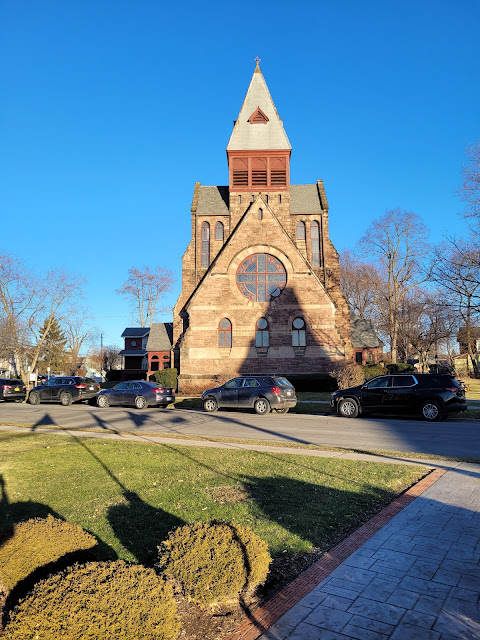A while ago, I was reading a story of some sort. A few paragraphs into it, I ran into the phrase “they said.” They who? I wondered, as I had as yet encountered only one person’s name. It took me a while to figure out that the “they” of the story was, in fact, the single person named earlier. Apparently, that person identifies neither as male nor female. (I don’t like the term “identifies,” but, when I tried to recast that last sentence without using gendered pronouns, I began to appreciate its usefulness.)
On Zoom, it has become common to see participants whose name is followed by a notation such as “(they, them),” that is, they telegraph “their” pronouns. Other people add “(she, her),” “(he, him),” “(she, her, hers),” or some such. For someone who presents as male or female, the list of pronouns is technically unnecessary, though I suspect it is added to make less prominent the list of those for whom the list is necessary.
Honestly, I don’t understand the whole non-binary thing unless you are an intersex person. On the other hand, I don’t care about it. If you want to be a sexless person, I say go for it. On the other hand, I strongly object to the use of plural pronouns to refer to individual persons. Doing so is a confusing grammatical anomaly. I am sympathetic to the desire of non-binary people to eschew gendered pronouns. I think, however, that they have taken the wrong approach linguistically.
English is unhelpful to the non-binary. It has male, female, and neuter pronouns. One could argue that the appropriate pronouns should be “it,” “its,” and “itself”. Logic, however, does not account for the discomfort resulting from referring to humans with the same pronouns utilized for file cabinets and garbage dumps. (Some Episcopalians are uncomfortable referring to God as “He,” but they seem equally uncomfortable with “It,” which also seems logical.) The language is really in need of some new, non-binary pronouns. Why not invent some?
That suggestion is more reasonable that it might at first seem. When women wanted an honorific that did not indicate marital status, they—someone, anyway—invented “Ms.” It took some time for this neologism to be widely accepted, but no one gives it a second thought today. It is actually comforting to know that I can respectively address a woman without having to research whether or not she is married. Encouraged by this development, I propose that we adopt new pronouns for non-binary persons.
I would argue that we only need new second-person singular pronouns. Pronouns such as “me” and “them” do not telegraph gender, and there probably is no reason to devise analogous pronouns that do. I will propose specific pronouns, but my concern is simply that we devise some new pronouns. Others may be able to invent more mellifluous ones. By analogy to existing forms, I believe the new words should be monosyllabic where possible and not be easily confused with other English words.
Here are my suggestions for second-person singular pronouns:
| NOMINATIVE |
OBJECTIVE |
POSSESSIVE |
REFLEXIVE |
|
| tu |
tum |
tus |
tuself |
Here is an example of how these words could be used:
Tu attended the party. Janet met tum there. She was surprised by tus outfit. Tu told her that tu designed it tuself.
As I said, I am advocating new pronouns, but I don’t have strong feelings about what these new words should be. I decided to base my words on the French tu, meaning you. This was convenient for a number of reasons. I invite comments and other suggestions.








